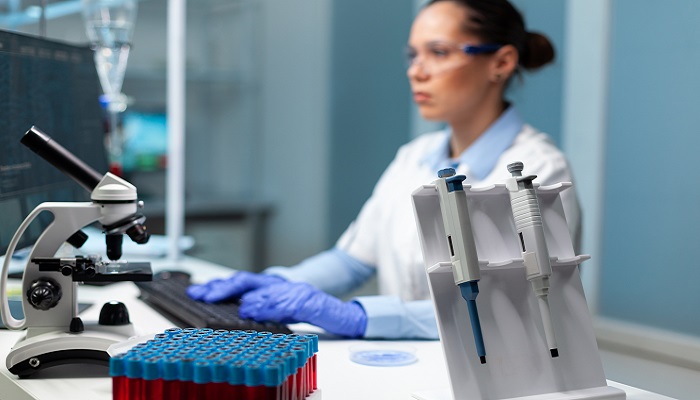In the complex world of medical science and healthcare screenings, the integrity of specimens is paramount. Each collected sample holds clues that steer patient care, support accurate diagnoses, and guide health interventions. But how do these delicate pieces of biological puzzle stay safe from collection to analysis?Â
With careful procedure and advanced tech, it is possible to add a layer of safety and security to every vial’s journey. In this guide, we will take you behind the scenes of this process, from a sample’s collection to its final destination at the lab.
Choosing Medical Couriers With Special Training in Handling Specimens
Not all couriers and transportation companies are equally experienced in dealing with the challenges and risks involved with transporting specimens. That is why it is important for clinics and hospitals to partner with specialized companies that ensure the safety of each sample through several strategies.Â
These should include tracking systems, privacy policies, temperature-controlled vehicles, and added layers of security to safeguard precious cargo.
For example, systems like Circuit’s healthcare delivery app offers reliable tracking of your specimen. The app is not only about courier logistics, but it’s engineered with a deep understanding of medical necessities, including sticking to delivery times and maintaining control over factors such as temperature, location, and integrity of each specimen throughout its journey.Â
Keeping Specimens Steady and Stable Through Ad Hoc Storage Solutions
The stability of a specimen can make or break a diagnosis, hence it is imperative to have robust ad hoc storage solutions. These dedicated solutions ensure your samples stay at the correct temperature, hold their orientation, and maintain other vital characteristics during transportation. This attention to detail, stability and steadiness can majorly impact the accuracy of your diagnostic results.
Maintaining Patient Safety and Privacy Through Proper LabelingÂ
Blood, urine, and stool tests are often the centerpiece of a comprehensive healthcare screening strategy, and they are something everyone should undergo at least once a year. But, they can quickly turn problematic if not handled with care. A mix-up in the samples can impact diagnostics, while contaminations of the blood cultures can lead to false positives and unreliable results.
So, when it comes down to ensuring your safety and privacy, correct labeling of these specimens is non-negotiable. Through a bulletproof labeling strategy that uses smart labels and technologies like RFID and NFC, both patients and healthcare providers can ensure confidentiality and diagnostic accuracy.Â
Safety Starts At Collection: The Impact of Proper Clinic Management
When talking about the safety of biologic samples, it is important to keep in mind that it all starts at collection.
In fact, there are two aspects that equally and significantly impact the integrity of specimens, as well as their safety throughout their journey from collection to analysis
- The professionalism of the healthcare provider who collects the samples, andÂ
- How well the hospital or clinic is managed.Â
Case in point: recent studies have drawn a correlation between hospital overcrowding within Emergency Departments (ED) and subpar blood culture performances. In other words, overcrowded clinics or hospital departments could increase the risk of sample contamination and decrease the accuracy of diagnosis.Â
Tracking Specimens Across Their JourneyÂ
Every specimen embarks on a journey the moment it is collected: it travels through multiple hands, different locations, and various procedures. The meticulous tracking of this journey maintains the integrity of the specimen, and in turn, safeguards accurate diagnostic results.Â
Comprehensive databases and state-of-the-art tracking systems are increasingly vital in accurately registering every pitstop of a specimen’s journey, protecting it against logistics failures and consequent mishaps. Some of the latest technologies that can help in this endeavor include:
- MicrotaggingÂ
- Temperature monitoring sensors
- Near Field Communication (NFC)
- Electronic ink display labels
- Time-temperature iIndicator labels
- Anti-tamper smart labels
- Biosensors for pathogen detection
- 2D barcodes
- Track-and-Trace technology
- Radio Frequency Identification (RFID) tags
Practices for Long-Term Specimen Preservation
As much as immediate analysis is vital, the long-term preservation of specimens holds significant importance too. Correct preservation practices essentially may translate into reanalysis, valuable data comparisons, and trend identification down the line.Â
Factors like the solutions chosen for the specimens, their containers, temperature and humidity control are all meticulously considered to ensure that today’s specimen is tomorrow’s invaluable data source.


















